One of the most iconic and feared creatures in the wild are rattlesnake. They have a rattle – although they’re not as noisy as they might sound – and they have a venomous bite that makes most swoon and many cringe. But a lot of people think they should stay as far away from them as they can, while a lot of people think that they are a good target to hunt.
Rattlesnake hunting is a long-time tradition whether it’s for sport, management, or food all over the United States. So, what does it take to safely and legally hunt a rattlesnake? We’ll cover everything in this article that you need to know about rattlesnake hunting including legal considerations, tools, techniques, and how to eat the meat.
Is Rattlesnake Hunting a Thing?
Rattlesnake hunting is indeed legal, at least to some degree, particularly out west in the southwestern U.S. But it’s not something common and is most often used for a reason like sports, pest control, or food.
Hunting rattlesnakes can be really exciting and truly rewarding to the people who know all that about the snake, where it lives, and other stuff.
Can You Hunt Rattlesnakes in the U.S.?
In several states, the law protects rattlesnakes, but in some places, there are provisions for hunting them under regulated conditions. Whether rattlesnake hunting is legal or not depends on where you live or where you plan to hunt.
Many states in the United States protect rattlesnakes by law. They are concerned about declining populations and the role rattlesnakes play in the ecosystem. But in areas where it’s allowed, there are also seasons, bag limits, and ways to hunt them.
States Where Rattlesnake Hunting is Legal
Rattlesnake hunting is permitted by some states, with restrictions on the species, methods, and season allowed. The following states allow hunting of rattlesnakes under regulated conditions:
- Texas: Texas is known for high rattlesnake numbers, and for limiting how many snakes hunters can take at certain seasons.
- Arizona: Rattlesnake hunting is allowed in Arizona too, as well as in rural areas and during particular seasons.
- Nevada: Rattlesnake hunting is allowed in Nevada with restrictions on what species may be hunted and how.
- California: Killing rattlesnakes is legal in some areas of California, including with the right permits.
Why Do People Hunt Rattlesnakes?
Pest Control: Rattlesnakes become problems when they threaten farmers’ animals along with pets and human beings in farming communities. People kill rattlesnakes to work against their overwhelming numbers and stop unexpected meetings.
Sport: Outdoor people find pleasure in tracking down and capturing rattlesnakes. To track down and capture a rattlesnake effectively you need to learn its habits plus how it moves and stays safe from danger.
Food: Many people see rattlesnake meat as an important culinary treat. It resembles fish and chicken in appearance but contains more protein at the same time.
Tradition: Local communities have continued their historical tradition of catching rattlesnakes from one generation to the next in their areas. People in these communities hunt rattlesnakes as part of their tradition. They celebrate this custom with festivals where everyone cooks rattlesnakes together.
Legal Considerations of Rattlesnake Hunting
Your snake hunting activity needs to comply with all state and regional permits before you begin. Authorities need permits when they hunt rattlesnakes and must follow established season rules plus bag restrictions. Legal considerations include:
- Permits: Every state requires hunters to get specific authorization before taking rattlesnakes from the wild. Hunters need special approvals through authorized permission systems enforced by limited numbers of permits.
- Seasonal Restrictions: Authorities protect rattlesnakes throughout their prime reproduction and defenseless periods. Officials set designated hunting seasons to stop people from taking too many snakes at once.
- Bag Limits: Officials put limits on how many rattlesnakes hunters can catch in one hunting season. Before hunting check the specific rules for the place you want to hunt.
- Protected Species:Many areas control access to dangerous rattlesnake varieties including Eastern Diamondback and Mojave rattlesnakes. Hunt only the species and number that matches legal requirements.
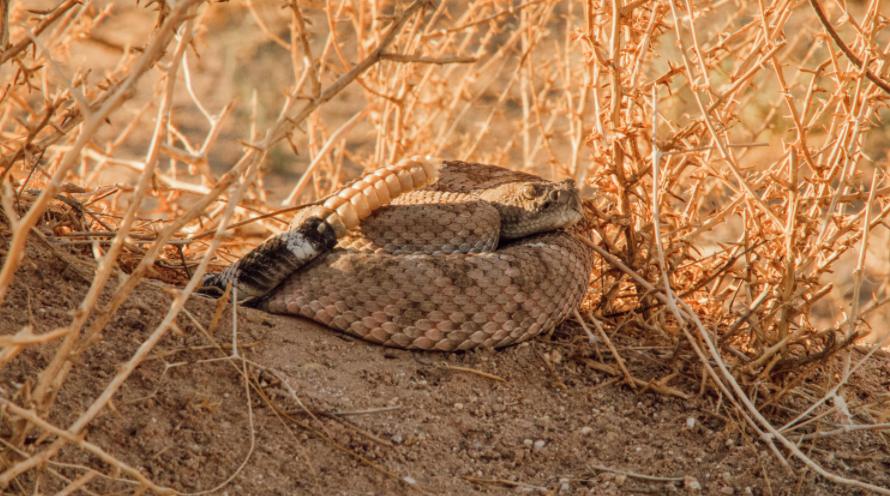
What Do You Need to Hunt Rattlesnakes?
To hunt snakes effectively and safely you need equipment designed for the job. Always bring working tools to stay safe around rattlesnakes because hunting these territorial animals happens in hard-to-reach areas.
Here’s a list of essential tools and gear you’ll need:
- Snake Grabber or Hook: A snake grabber or hook helps you keep a safe distance while you grip a rattlesnake with its strong metal tool. This tool lets you grab the snake’s neck without reaching the strike range of their head.
- Snake Gaiters: The lower legs stay safe from snake bites when you put on Kalkal snake gaiters. Strong materials including nylon, Kevlar, and leather make up these tools because they stop a rattlesnake’s fangs from piercing through.
- Protective Gloves: Strong handmade gloves give you the safest way to handle snakes. Choose gloves that keep you safe by offering powerful grip support as they bend when you handle the snake.
- Snake-Proof Boots: Boot protection against snake bites becomes more effective when you walk through snake-infested areas. You can trust these boots because they use strong protective materials to resist snake bites. I would recommend checking out the Kalkal snakeproof boots, a budget yet quality option to give you peace of mind in the outdoors.
- First Aid Kit: You need a first aid kit available in case a snake attack or other injury happens. Keep all emergency care supplies together by bringing bandages, antibiotic wipes, and whatever additional items you need.
- Binoculars: Getting proper distance from rattlesnakes becomes easier when you carry binoculars to scan difficult terrain such as tall grass or rocky sections.
- Tongs: Hunters depend on tongs to move rattlesnakes with minimal risk of injury. You should use tongs when snakes are too hefty or dangerous to grip with stick or hook tools.
How to Hunt Rattlesnakes?
How to Identify Rattlesnakes
Hunting rattlesnakes is no different than any other when it comes to proper identification. Rattlesnakes can be identified by several distinct characteristics:
- Rattle: Its most obvious identifying feature is the rattle at the end of the snake’s tail, which buzzes when the snake is threatened.
- Triangular Head: Their heads are triangular, wider than their neck.
- Color Patterns: There are many colors of rattlesnakes, but most come in hues with diamond and blotch-looking markings that help the snake coil with its background.
- Pupil: Unlike most of the nonvenomous snakes, rattlesnakes have vertical slit-like pupils.
Where Rattlesnakes Are Commonly Found?
Rattlesnakes are found across much of the United States and have the highest number of populations in the southwestern states, such as Arizona, Nevada, and Texas.
They tend to favor areas like:
- Deserts: Desert Rattlesnakes are often found hiding out in rocky crevices, in bushes, or underbrush.
- Grasslands: Rattlesnakes are well camouflaged by the tall grasses in which they live, well out of the range of predators and hunters.
- Wooded Areas: Rattlesnakes can also be found in wooded, hilly terrain.
Best Time to Hunt Rattlesnakes
The best time to shoot rattlesnakes is during their active seasons which are largely spring and fall when weather is moderated. That’s when rattlesnakes are more likely to be out of their dens and actively hunting for food.
Rattlesnakes are also more active in the summer, but when temperatures get high, and winter comes on, the rattlesnakes enter hibernation.
Techniques to Hunt Rattlesnakes
When hunting rattlesnakes, there are several techniques to increase your chances of success while ensuring your safety:
- Spotting: Scan rocky terrain, brush, and undergrowth with binoculars or a spotting scope for rattlesnake grooves and drops (molted skin) in particular. Subtle traces are often left by rattlesnakes near their dens or hunting areas.
- Tracking: When stepping on the snake, walk slowly and cautiously, making as little noise as possible so you don’t startle the snake. An area where you can look for disturbed ground or an area that a snake can hide in, such as underneath rocks, logs, or thick grass. Look at areas where there is sun exposure as rattlesnakes often bask in the sun during early mornings or late evenings.
- Use of Tools: Try and capture the rattlesnake from a distance with tools such as a snake grabber, hook, or tongs, to reduce the risk of getting bitten. Typically a long sturdy thing that you can hold the snake securely behind its head. Larger or more aggressive snakes may come in tongs.
- Listening for the Rattle: Be aware of any snake sounds of rattle, when the snake feels threatened. The rattlesnake warns and is most likely placed there to alert you to the fact that a rattlesnake is near. But don’t count on sound alone: rattlesnakes don’t have to make noise, and some will go quiet, especially if they feel safe or when hiding in ambush.
- Know When to Retreat: If you see a rattlesnake but aren’t sure what to do with it, there are a couple of things you need to know about when to highlight it. The most dangerous time for the rattlesnake is when he is cornered or shoved. Especially if you’re not used to handling them, it’s better to observe from a safe distance. If the situation gets overwhelming have an escape route at all times.
What Necessary Steps to Take if You Are Bitten?
In the event of a rattlesnake bite, it’s crucial to stay calm and act quickly:
- Call for Help: You should immediately contact a doctor of your choice. If you are able, call 911 or get to the closest hospital.
- Stay Calm: Stay calm and low heart rate. It can help the spread of venom slowly.
- Limit Movement: Keep the affected limb still below the level of your heart to reduce the spread of the venom.
- Avoid Tourniquets: Do not apply a tourniquet, because this will only make the venom more severe.
Can You Eat Rattlesnake?
Yes, rattlesnake meat is edible, and many regions consider it a delicacy. Rattlesnake meat is someone known for its lean, high protein content, which makes it both versatile and food that can be prepared in a lot of different ways, from grilling to frying to making stews. It’s often served up at local festivals or as a special at restaurants in the southwestern U.S.
Nutritional Benefits
Rattlesnake meat is very lean being very low in fat. With an abundance of potassium, iron, B vitamins, and even omega 3 fatty acids that are all good for your heart health and overall well-being, it is rich.
It’s also high in collagen which supports joint health. It’s an exotic source of protein and has a nutritional profile that makes it an ideal alternative for those seeking other sources of protein.
What Does it Taste Like?
Rattlesnake meat is said to taste like chicken (though with a slightly fishy or gamey undertones to it, depending on the preparation).
Others say it’s somewhat like chicken and somewhat like frog legs with a mild flavor and firm texture. Its texture is lean and fibrous, like white fish or chicken breast.
Rattlesnake meat does seem to be very tasty, if not seasoned with spices or marinades, and I assume would be similar to a very tender and flavorful cut of beef, but of course, you have to prepare it properly.
The best way to cook it is to keep it moist and use it with a marinade or stew in a slow cook.
Conclusion
Hunting rattlesnakes can be fun and rewarding, but you need to know what you’re doing and show extreme caution. Always make sure you go hunting legally and responsibly, with the proper tools and equipment to stay safe.
Whether for sport, population control, or a unique meal, rattlesnakes offer a challenge for outdoor lovers. By following the right techniques, respecting wildlife regulations, and being prepared for the dangers, you can enjoy the thrill of rattlesnake hunting safely.
Read more about snake hunting and safety:
- Snake Gaiters Vs Snake Boots: Which One Do You Need?
- Best Snake Boots for Hunting Adventure
- Can Snakes Bite Through Rubber Boots?
- Deadly Snakes In Georgia And Safety Tips


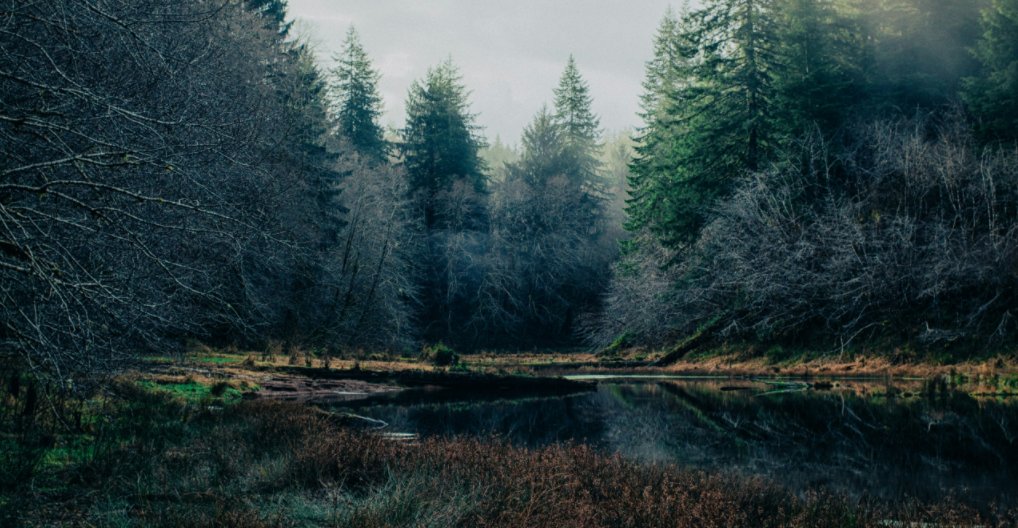
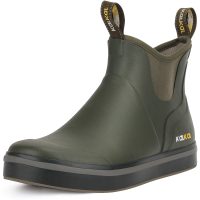
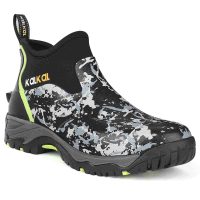

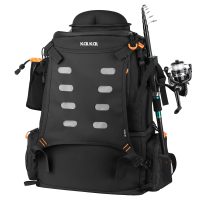
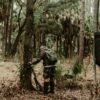



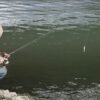
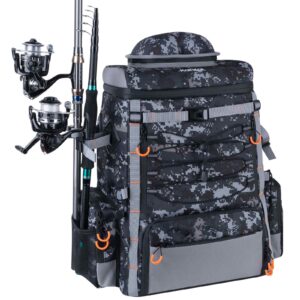
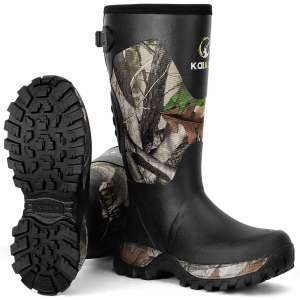
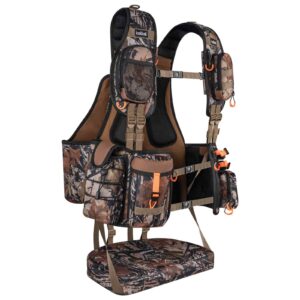
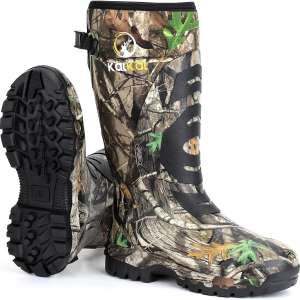
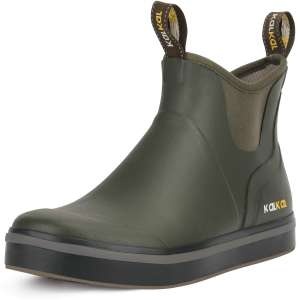
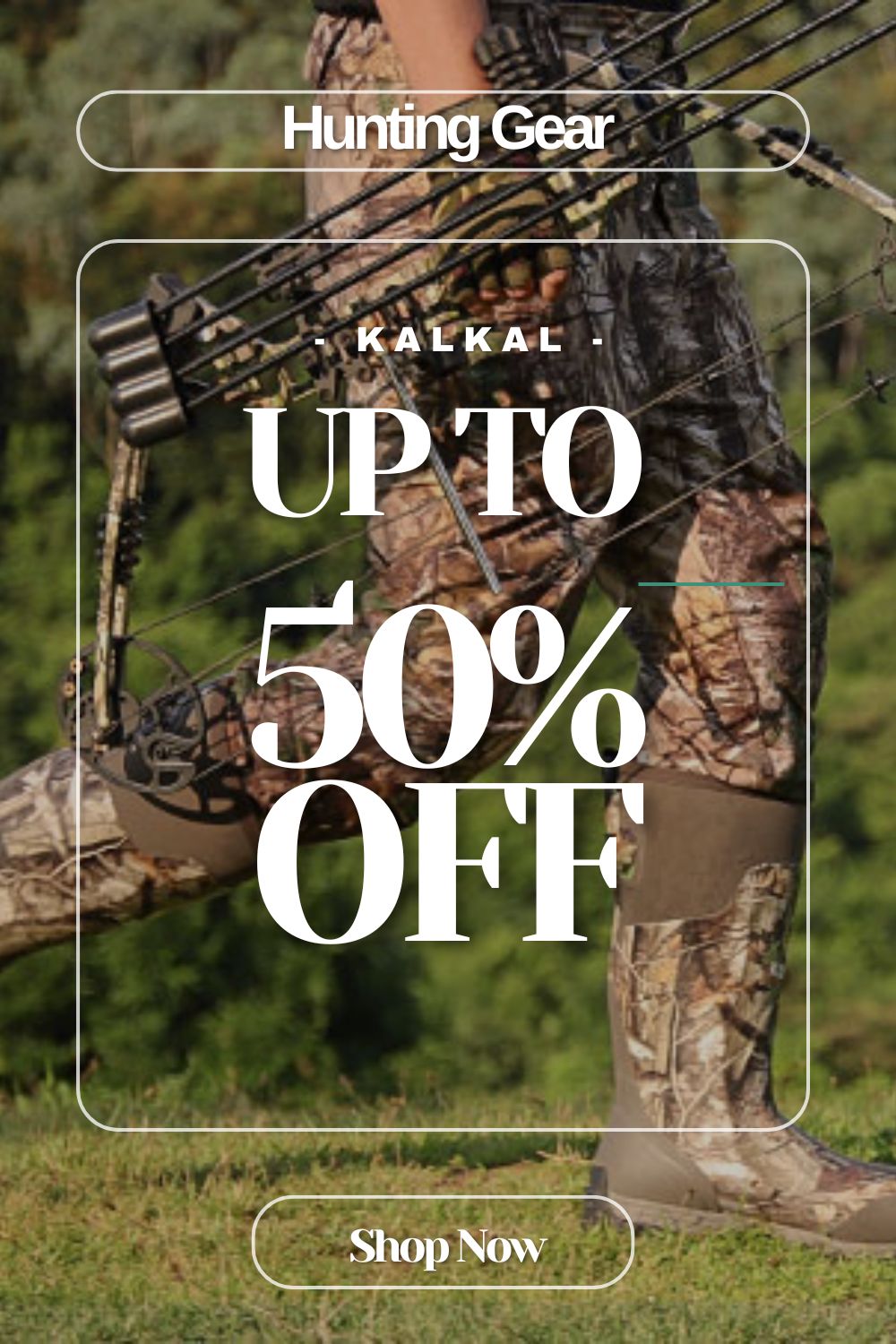

Leave a reply